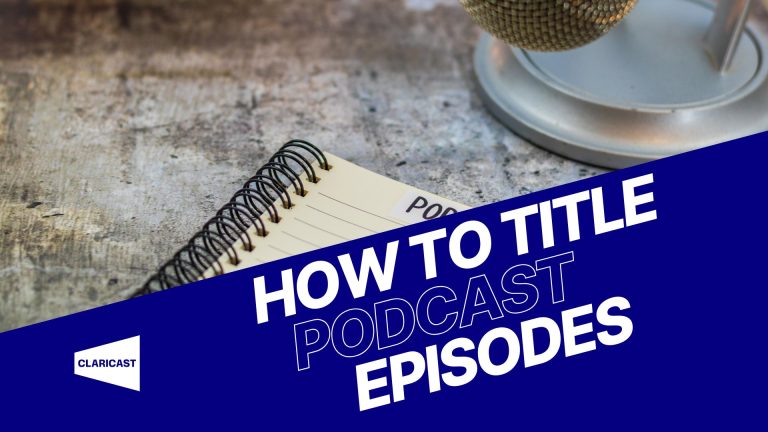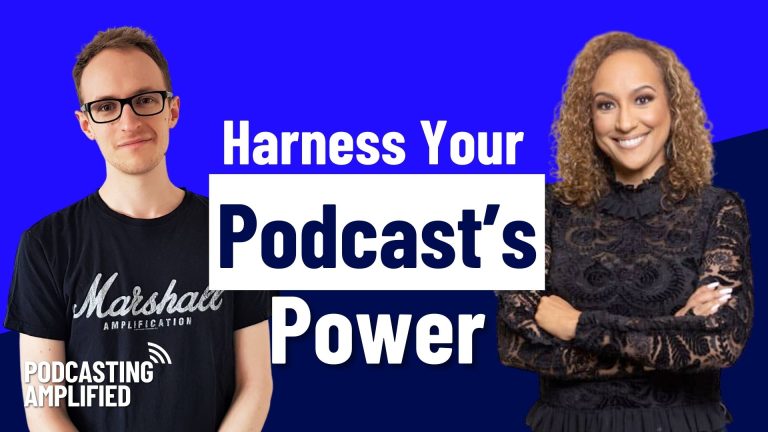Zoom and Riverside are two of the most popular software for recording remote podcast interviews. But which one is better for podcasters? In this post, we’re doing Zoom vs. Riverside – head-to-head!
We’ll take a look at the features, compare the recording quality, and at the end, we’ll give you our thoughts on which software is best for you depending on your situation.
Comparing Features
Zoom is a popular VoIP (voice over Internet Protocol) software, that’s been around for a long time now and is very popular with both podcasters and businesses, as well as for personal use alike. Zoom makes it simple to start a call with many participants, and it’s free to use for calls of up to 40 minutes or is about £13 a month to remove the time limit (at time of writing).
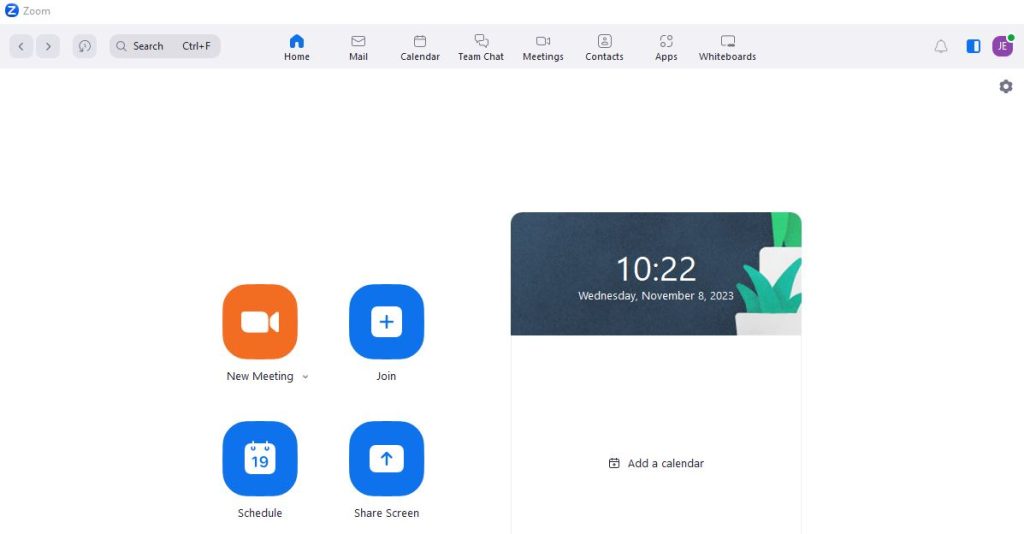
Riverside is newer to the game and what it does differently is that rather than recording over the internet, it records conversations locally on each participant’s computer and uploads them as the conversation progresses, meaning that it prevents the network from reducing the quality of your recordings, leading to a higher quality result.
You can record for as long as you want, even on the free plan, but on the free plan, you do get a Riverside watermark on your videos, and after your two-hour trial, audio is exported in a single track. For around the same price as Zoom (maybe slightly more, depending on your region), though, you can record up to five hours of multi-track recordings, video and audio per month.
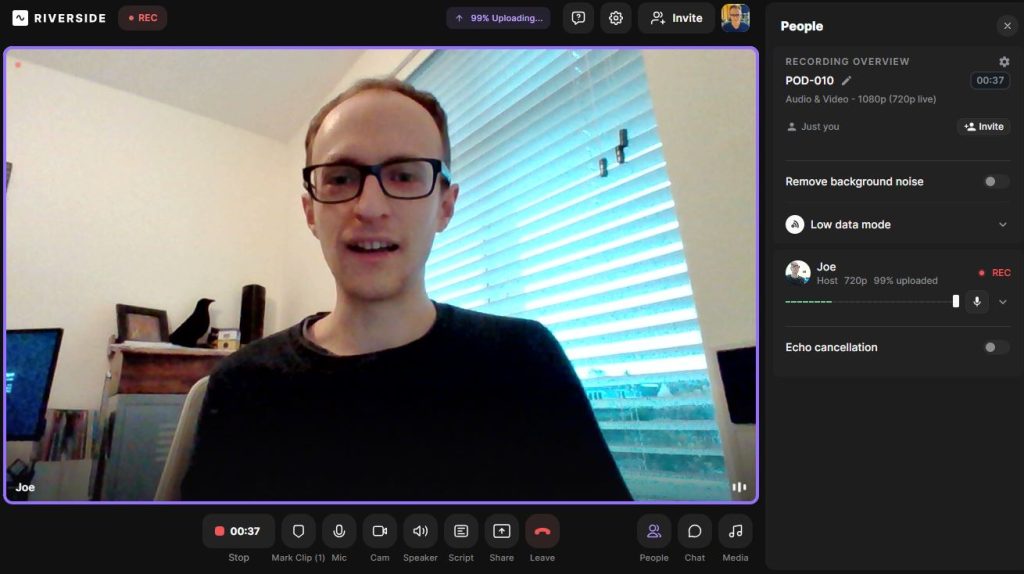
In terms of extra features, Riverside has a few specifically tailored for podcasters, such as 4K video quality and editing tools, and then for the more expensive tiers, AI transcription, show notes, and more are included.
Zoom is a bit more limited in terms of extra features; it’s mostly just for making and recording calls but does still let you present your screen and create AI call summaries.
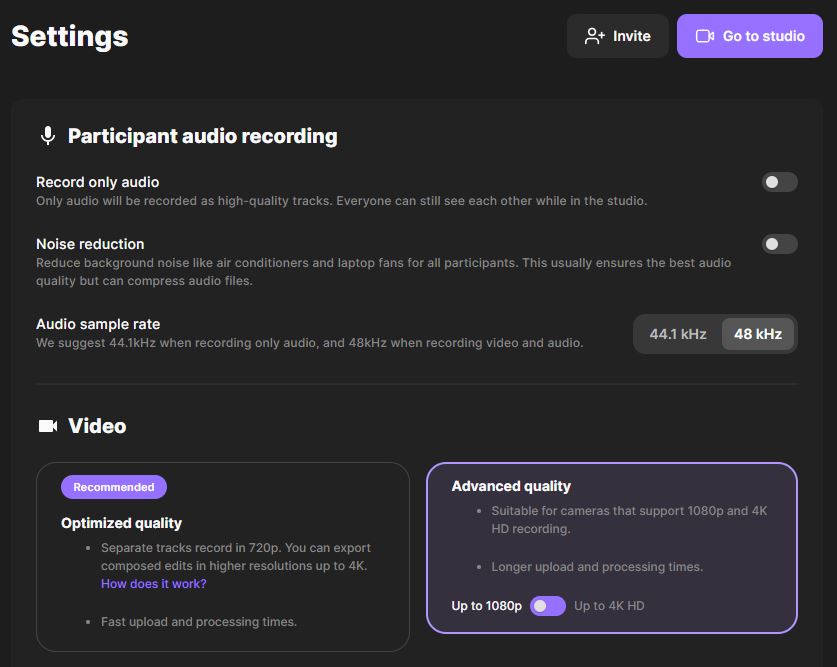
Ease Of Use
Now, these features are all well and good, providing the software is easy to use, and this is where Zoom and Riverside differ as well. For many of you and many business owners using Zoom for their podcast recordings, you’re going to find it to be more familiar with a typical online calling software.
You can use Zoom standalone in the Zoom app on your phone or on most web browsers. You can set Zoom up to easily create scheduled calls with a lot of calendar apps like Calendly. And recording is as simple as choosing the correct mic and webcam and clicking record.

Riverside is a little bit trickier to set up, although it is relatively simple to use once you know what you’re doing. You’ll be creating digital studios that you can invite guests to by sharing a link at the time of recording.
Riverside is compatible with Google Chrome and Microsoft Edge as well as the Riverside app. So for less tech-savvy people who might not have one of those browsers, it might be a little bit more complicated for them to get set up.
Riverside has a really nice and clean UI, and it feels a little bit more like you’re in control of a recording studio, whereas Zoom is a lot more like a straightforward calling app.
Upon clicking stop and your guest leaving, Zoom will save your recording files. On Riverside, you have to be careful and make sure that everyone’s recording has uploaded before they leave the call. You’ll then find your recordings in the recording section. You’ll have the option to download them in different levels of quality.
See/Hear The Difference
Speaking of quality, if you’d like to take a look now at what both apps can do, click here for the video version of this article. The link will take you straight to the video comparison.
Bear in mind that Zoom does have a lot of options regarding the quality that you want to record in, which you can learn more about here.
Zoom vs. Riverside
So if you’re looking for the highest quality possible for your online interviews, then Riverside is the better option over Zoom. There are also other applications like Zencastr and SquadCast that provide a similar service.
If you’re going to be interviewing guests who are maybe less tech-savvy or you just want the easiest, most frictionless approach possible, then with the right settings, Zoom can still produce a high-quality result for your podcast.
You do also have the option of recording your own dialogue locally. Using something like Audacity or GarageBand while you’re conducting your Zoom interview will give your side of the conversation maximum quality.


